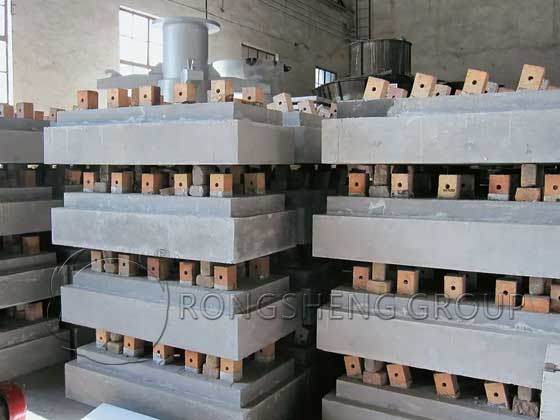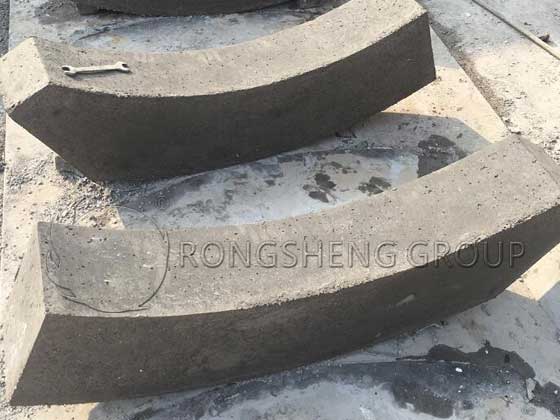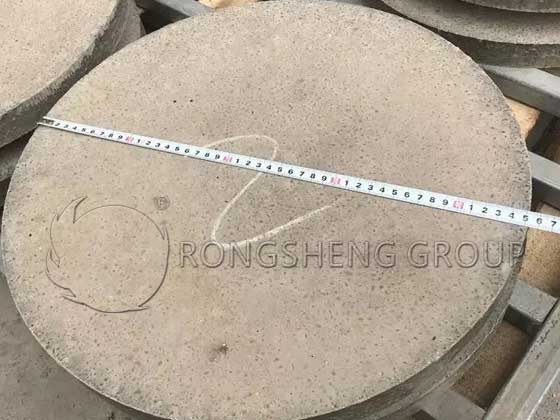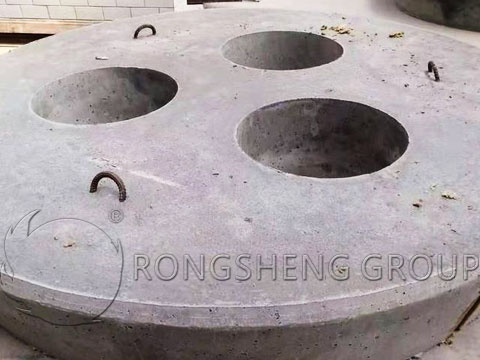Low Cement Silicon Carbide Castable – High Spalling Resistance
Low cement castables are prone to bursting, peeling, lining peeling, and cracking during baking after demoulding and intermittent frequent furnace shutdown and opening, which affects the service life of low cement castables. Therefore, improving and enhancing the explosion-proof performance and thermal shock stability of low cement castables is of great help to the application of low cement castables. Low cement silicon carbide castables – high anti-stripping performance. Adding silicon carbide to low cement castables can improve the anti-stripping performance.
How to Improve the Explosion-Proof Performance of Low-Cement Castables?
In order to improve the explosion-proof performance of low-cement castables, we can add explosion-proof fibers to low-cement castables. When heated and baked after demoulding, the explosion-proof fibers in the explosion-proof low-cement castable shrink, melt, and form elongated pores in the castable. The number of open exhaust holes inside the castable is increased, and the air permeability of the castable is improved. This accelerates the discharge of water vapor, thereby improving the anti-burst performance of the castable and improving the explosion-proof performance of the castable.
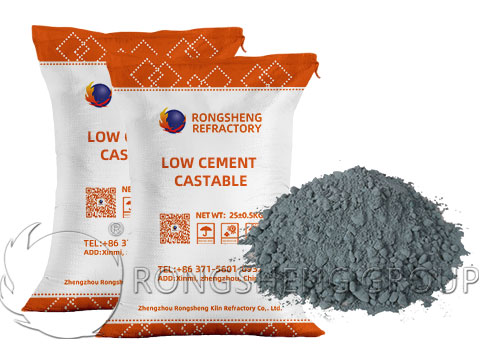
How to Improve the Spalling Resistance of Low Cement Castables?
In order to improve the spalling resistance of low cement castables, we can add a certain amount of silicon carbide to low cement castables. This can significantly improve the thermal shock stability of low cement castables in the face of rapid cooling and heating. Due to the high thermal conductivity of silicon carbide, the amount of silicon carbide added must be strictly controlled. When too much silicon carbide is added, the overall thermal expansion coefficient of the low cement castable will increase, which is not conducive to the thermal shock stability of the low cement castable. LOW CEMENT SILICON CARBIDE CASTABLE AL2O3 48%.SIC 30%. During construction, the amount of silicon carbide added needs to be strictly controlled. Reduce the thermal stress caused by the high thermal conductivity of silicon carbide on the low cement castable, so that the low cement castable has good thermal shock stability when subjected to thermal shock. Low cement silicon carbide castable-high spalling resistance.
Characteristics and Application of Low Cement Castables
Low cement castables, as the name implies, are castables with low cement content. Low cement dosage means low calcium content. Low calcium content means low pores and stronger corrosion resistance.
Low cement castables are divided into aluminum silicate, mullite, corundum, magnesium aluminum, quartz, carbon-containing and silicon carbide low cement castables. Low cement castables of different materials have different uses. Silicon carbide low cement castables are divided into furnace iron ditch castables and steelmaking ladle castables.
The most common low cement castable is aluminum silicate, that is, high aluminum low cement castable. The cement content of high aluminum low cement castable is between 3% and 6%. If the cement addition is 1%, it is an ultra-low cement castable. There is also cement-free castable.
Clay and high-alumina low-cement castables are mostly used in heating furnaces and soaking furnaces, and are also used in some parts of the lining of heat treatment furnaces and rotary kilns for building materials. Low-cement castables can also be used in high-temperature burner linings, heating furnace water cooling pipe wrapping linings, blast furnace tapping channels, cupola tapping troughs, integral powder spray guns for molten iron pretreatment, and other linings.
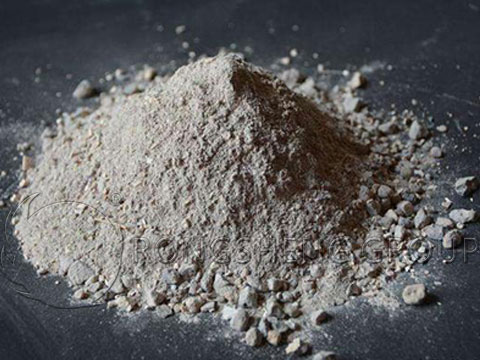
Corundum and chromium-containing corundum low-cement castables are used for linings of certain parts of steel refining devices outside the furnace. They are also used for the lining of power frequency induction furnaces, high-temperature wear-resistant linings of petrochemical catalytic cracking reactors, etc.
Low-cement castables are also constantly updated by manufacturers to meet the actual needs of different furnace conditions. At present, many manufacturers use micro-powder and ultra-micro-powder technology. The result of cement combination and micro-powder technology is high strength. During use, as the heating temperature increases, the strength gradually increases.
It should be noted that the air permeability of low-cement castables is poor, and it is easy to cause peeling or cracking during baking. A reasonable baking system should be formulated according to its material, construction thickness and construction location. At the same time, metal aluminum powder, organic fiber, etc. can also be added to the castable. Make it easier to discharge moisture. Increase the service life of low-cement refractory castables.
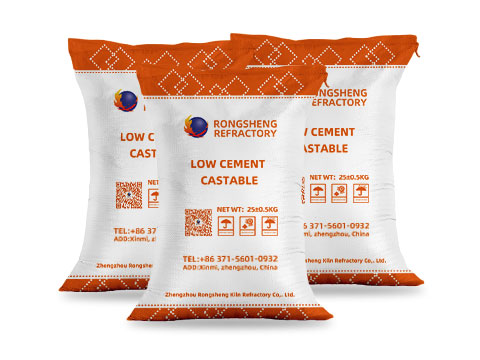
Improve the Fluidity of Low-Cement Castables
Low-cement castables are mainly divided into vibration type and self-flowing type. The ingredients of vibration type low-cement castables are 60%~70% refractory aggregate, 18%~22% refractory powder, 3%~7% calcium aluminate cement, and 3%~6% silica powder. The ingredients of self-flowing low-cement castables are similar to the former, but the difference is reflected in the particle size and micro-powder content. Generally speaking, too much micro-material will affect the physical properties of the castable, and the micro-powder content is suitable at 5%~6%.
SiC low-cement castable is a type of refractory castable with SiC as the main raw material and calcium aluminate cement as the binder. In low-cement castables, SiC can form a silicon oxide protective film on the surface in air with high oxygen partial pressure, with excellent performance and can be used as high-temperature structural materials. However, carbon-containing refractory materials used below 1550℃ use the characteristics of silicon carbide that is continuously oxidized under low oxygen partial pressure.
However, there are also the following problems in the production of low-cement castables containing silicon carbide.
- Hydrophobicity. Silicon carbide in the castable will affect the fluidity and construction performance of the castable and reduce the density.
- Difficult to sinter. When using silicon carbide with higher purity, it is difficult to sinter because silicon carbide is difficult to sinter. Therefore, it is not easy to obtain high strength.
Since the hydrophobicity of silicon carbide will have an adverse effect on fluidity, in order to improve the fluidity of refractory castables, it is necessary to select raw materials with little effect on fluidity for production. For example, by changing the shape of raw material particles and adjusting the type of water reducer, the fluidity of low-cement castables can be effectively improved.
To purchase high-quality low-cement refractory castables, please choose a powerful refractory manufacturer. Rongsheng Refractory Factory is a powerful refractory manufacturer. LOW CEMENT SILICON CARBIDE CASTABLE AL2O3 48%.SIC 30%. RS factory’s environmentally friendly, fully automatic monolithic refractory production line specializes in providing monolithic refractory services for high-temperature industrial furnaces. Customized lining materials. Contact us for free refractory lining solutions and quotes.
